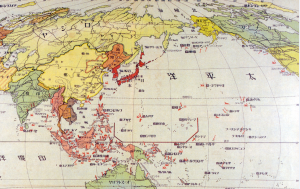 When Japan went to war against the United States in 1941, its chances of winning were slim, indeed. But it is worth asking what steps Japan might have taken, or what mistakes it might have avoided, to increase the likelihood of greater success and possibly even victory.
When Japan went to war against the United States in 1941, its chances of winning were slim, indeed. But it is worth asking what steps Japan might have taken, or what mistakes it might have avoided, to increase the likelihood of greater success and possibly even victory.
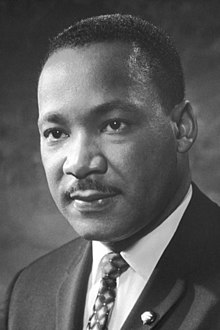 April 4, 1968. Civil rights leader Martin Luther King was killed by a single bullet as he stood on the second floor balcony outside his hotel room in Memphis.1 The shot came from high on his right, not on a horizontal trajectory from the rooming house behind the hotel of the alleged assassin, James Earl Ray. Ray, a mediocre shot, would have needed to stand on the edge of the common bathroom tub to see out the window, and a wall (since conveniently removed) would have kept him from aligning the rifle. Ballistics, forensics, and medical evidence all rule him out. The House Select Committee on Assassinations concluded that there had been a conspiracy, with Ray as the patsy.
April 4, 1968. Civil rights leader Martin Luther King was killed by a single bullet as he stood on the second floor balcony outside his hotel room in Memphis.1 The shot came from high on his right, not on a horizontal trajectory from the rooming house behind the hotel of the alleged assassin, James Earl Ray. Ray, a mediocre shot, would have needed to stand on the edge of the common bathroom tub to see out the window, and a wall (since conveniently removed) would have kept him from aligning the rifle. Ballistics, forensics, and medical evidence all rule him out. The House Select Committee on Assassinations concluded that there had been a conspiracy, with Ray as the patsy.
Critical researchers have argued that the federal government, especially FBI or perhaps CIA, carried out the assassination
 June 8, 1968. Running for the Democratic nomination, Robert F. Kennedy was assassinated in the crowded “pantry” (actually, a food preparation area) of the Ambassador Hotel in Los Angeles after his primary election victory.1 His alleged killer, 24-year old Palestinian-American Sirhan Bishara Sirhan, never got close to Kennedy. He fired shots that hit five bystanders as Kennedy supporters struggled to subdue him; but none of his shots hit Kennedy. The fatal shot behind Kennedy’s ear came from just 1-3 inches away, according to Thomas Noguchi MD, who performed the autopsy.
June 8, 1968. Running for the Democratic nomination, Robert F. Kennedy was assassinated in the crowded “pantry” (actually, a food preparation area) of the Ambassador Hotel in Los Angeles after his primary election victory.1 His alleged killer, 24-year old Palestinian-American Sirhan Bishara Sirhan, never got close to Kennedy. He fired shots that hit five bystanders as Kennedy supporters struggled to subdue him; but none of his shots hit Kennedy. The fatal shot behind Kennedy’s ear came from just 1-3 inches away, according to Thomas Noguchi MD, who performed the autopsy.
 August 4, 1962. Celebrity actress Marilyn Monroe died in her bedroom in Los Angeles (or in the guest house near her house, from which she was carried back to her bedroom).1
August 4, 1962. Celebrity actress Marilyn Monroe died in her bedroom in Los Angeles (or in the guest house near her house, from which she was carried back to her bedroom).1
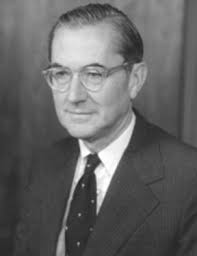 On April 27, 1996, 76-year old William Colby, former director of the CIA, disappeared from his vacation home on the water at Rocky Point, Maryland. Colby had spent the day at a marina fixing his sloop. He returned home after 6 pm, phoned his wife, who was visiting her mother in Texas, and told her he was tired and would eat supper, then go to bed. He watered his trees, met with his gardener and his visiting sister around 7:15 pm (sunset was at 7:57), and fixed himself a meal. The next day there was no sign of him. Eventually, a neighbor phoned the police. They found his supper half-eaten. The computer and radio were on. His canoe was missing.1
On April 27, 1996, 76-year old William Colby, former director of the CIA, disappeared from his vacation home on the water at Rocky Point, Maryland. Colby had spent the day at a marina fixing his sloop. He returned home after 6 pm, phoned his wife, who was visiting her mother in Texas, and told her he was tired and would eat supper, then go to bed. He watered his trees, met with his gardener and his visiting sister around 7:15 pm (sunset was at 7:57), and fixed himself a meal. The next day there was no sign of him. Eventually, a neighbor phoned the police. They found his supper half-eaten. The computer and radio were on. His canoe was missing.1
By the next day a full-scale search with helicopters and divers was under way.
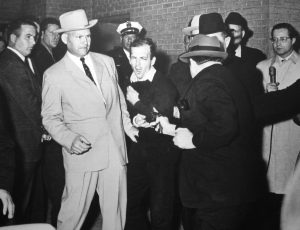 Former Romanian intelligence chief Ion Mihai Pacepa’s Programmed to Kill. Lee Harvey Oswald, the Soviet KGB, and the Kennedy Assassination gives us a professional analysis of Oswald’s path to the murder of JFK. Here historian Kenneth J. Dillon and researcher Steven J. Dillon discuss the high points of the book and how its KGB rogue theory outperforms other theories of the assassination. But Pacepa was unaware of JFK’s lady friend Mary Meyer’s story and the Mafia role. See also https://www.scientiapress.com/john-f-kennedy.
Former Romanian intelligence chief Ion Mihai Pacepa’s Programmed to Kill. Lee Harvey Oswald, the Soviet KGB, and the Kennedy Assassination gives us a professional analysis of Oswald’s path to the murder of JFK. Here historian Kenneth J. Dillon and researcher Steven J. Dillon discuss the high points of the book and how its KGB rogue theory outperforms other theories of the assassination. But Pacepa was unaware of JFK’s lady friend Mary Meyer’s story and the Mafia role. See also https://www.scientiapress.com/john-f-kennedy.
entrevista 22-04 ver.2 mp4.mp4
The United States needs an Anti-Gerontocracy Amendment . Just as the minimum age of 35 for becoming president reduces the risk of immaturity and inexperience, a maximum age of 75 would reduce the risk of the ravages of old age. It’s not a question of whether a given individual can outperform. It’s whether
. Just as the minimum age of 35 for becoming president reduces the risk of immaturity and inexperience, a maximum age of 75 would reduce the risk of the ravages of old age. It’s not a question of whether a given individual can outperform. It’s whether
 Halotherapy (HT, from Greek halos=salt) uses dry aerosol microparticles of salt and, in one version, minerals to treat respiratory diseases. HT seeks to replicate the conditions of speleotherapy (from Greek speleos=cave), a treatment that has been practiced in old salt mines of Eastern Europe since the early 19th Century.
Halotherapy (HT, from Greek halos=salt) uses dry aerosol microparticles of salt and, in one version, minerals to treat respiratory diseases. HT seeks to replicate the conditions of speleotherapy (from Greek speleos=cave), a treatment that has been practiced in old salt mines of Eastern Europe since the early 19th Century.
Halotherapy belongs to the category of the physical therapies–non-drug treatments of diseases, many associated with the spa treatments of Eastern Europe. In the former Soviet Union, medical researchers engaged in a concerted effort to develop physical therapies in order to avoid the costs and side effects of drug therapy as well as microbial and tumor resistance. Russia has become a world leader in developing and testing new and increasingly effective physical therapies.
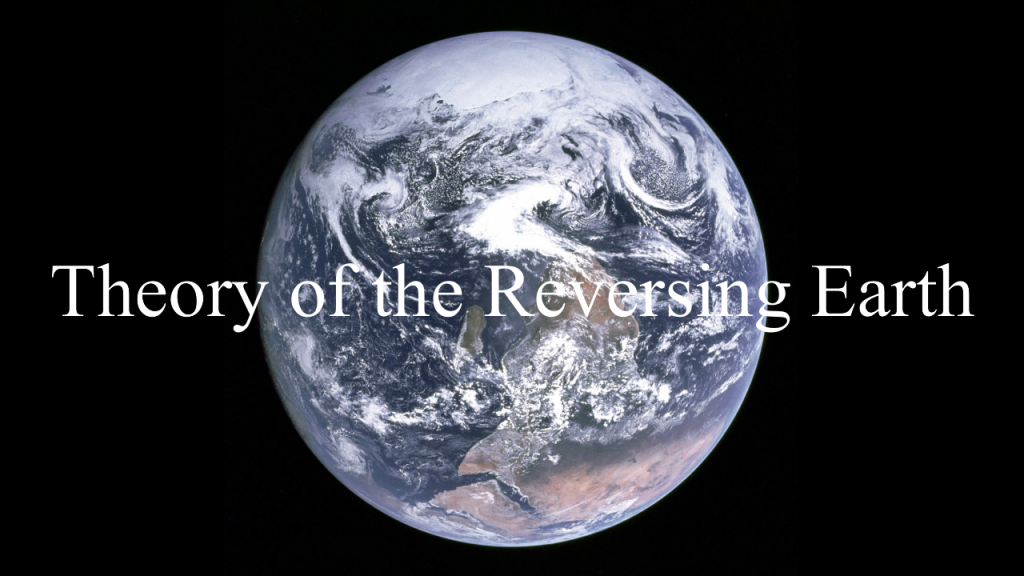 The Theory of the Reversing Earth was a key component of Immanuel Velikovsky’s Venus theory in which he contended that close passages of Venus caused Earth to topple over four times during the Bronze Age catastrophes. Now we have a Revised Venus Theory that corrects inadequacies of the original theory and provides a cause of the inversions as well as approximate dates (2200, 1628, 1210, and 820 BC), an array of new evidence, and a link to the great mass extinctions of prehistory. Viktoria Nagudi interviews Kenneth J. Dillon of Scientia Press. 9 Likes, 0 Dislikes.
The Theory of the Reversing Earth was a key component of Immanuel Velikovsky’s Venus theory in which he contended that close passages of Venus caused Earth to topple over four times during the Bronze Age catastrophes. Now we have a Revised Venus Theory that corrects inadequacies of the original theory and provides a cause of the inversions as well as approximate dates (2200, 1628, 1210, and 820 BC), an array of new evidence, and a link to the great mass extinctions of prehistory. Viktoria Nagudi interviews Kenneth J. Dillon of Scientia Press. 9 Likes, 0 Dislikes.
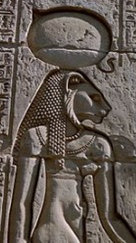 In his Worlds in Collision (New York: Macmillan, 1950), Immanuel Velikovsky argued that Venus emerged as a red-hot comet from Jupiter and passed Earth every 52 years, causing the Bronze Age catastrophes, before settling into its current orbit. His claim set off a controversy in which his theory was rejected and stigmatized. But over the years, new findings have changed the picture. Here are eight new reasons to accept a Revised Venus Theory.
In his Worlds in Collision (New York: Macmillan, 1950), Immanuel Velikovsky argued that Venus emerged as a red-hot comet from Jupiter and passed Earth every 52 years, causing the Bronze Age catastrophes, before settling into its current orbit. His claim set off a controversy in which his theory was rejected and stigmatized. But over the years, new findings have changed the picture. Here are eight new reasons to accept a Revised Venus Theory.
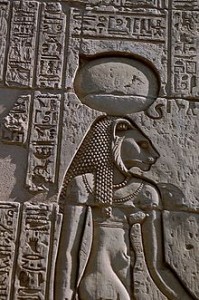 Worlds in Collision (1950) and Earth in Upheaval (1955) set forth the evidence and arguments for Immanuel Velikovsky’s pioneering, controversial theory that Venus emerged from Jupiter as a comet and repeatedly approached Earth, causing the Bronze Age catastrophes. Kenneth J. Dillon and Stephen J. Dillon discuss these books and the Scientific Rejectionism that stigmatized Velikovsky, thwarting a full, balanced assessment of his theories ever since. See also https://www.scientiapress.com/revised-venus-theory.
Worlds in Collision (1950) and Earth in Upheaval (1955) set forth the evidence and arguments for Immanuel Velikovsky’s pioneering, controversial theory that Venus emerged from Jupiter as a comet and repeatedly approached Earth, causing the Bronze Age catastrophes. Kenneth J. Dillon and Stephen J. Dillon discuss these books and the Scientific Rejectionism that stigmatized Velikovsky, thwarting a full, balanced assessment of his theories ever since. See also https://www.scientiapress.com/revised-venus-theory.
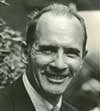
Kenneth J. Dillon and Stephen J. Dillon of Scientia Press discuss noted Georgetown University professor Carroll Quigley’s The Evolution of Civilizations: An Introduction to Historical Analysis. New York: Macmillan Company, 1961, including Quigley’s methods and teachings about how civilizations evolve, with implications for the future prospects of Western Civilization. See also https://www.scientiapress.com/carroll-quigley.
The Evolution of Civilizations: 15-04 ver. 3.mp4
